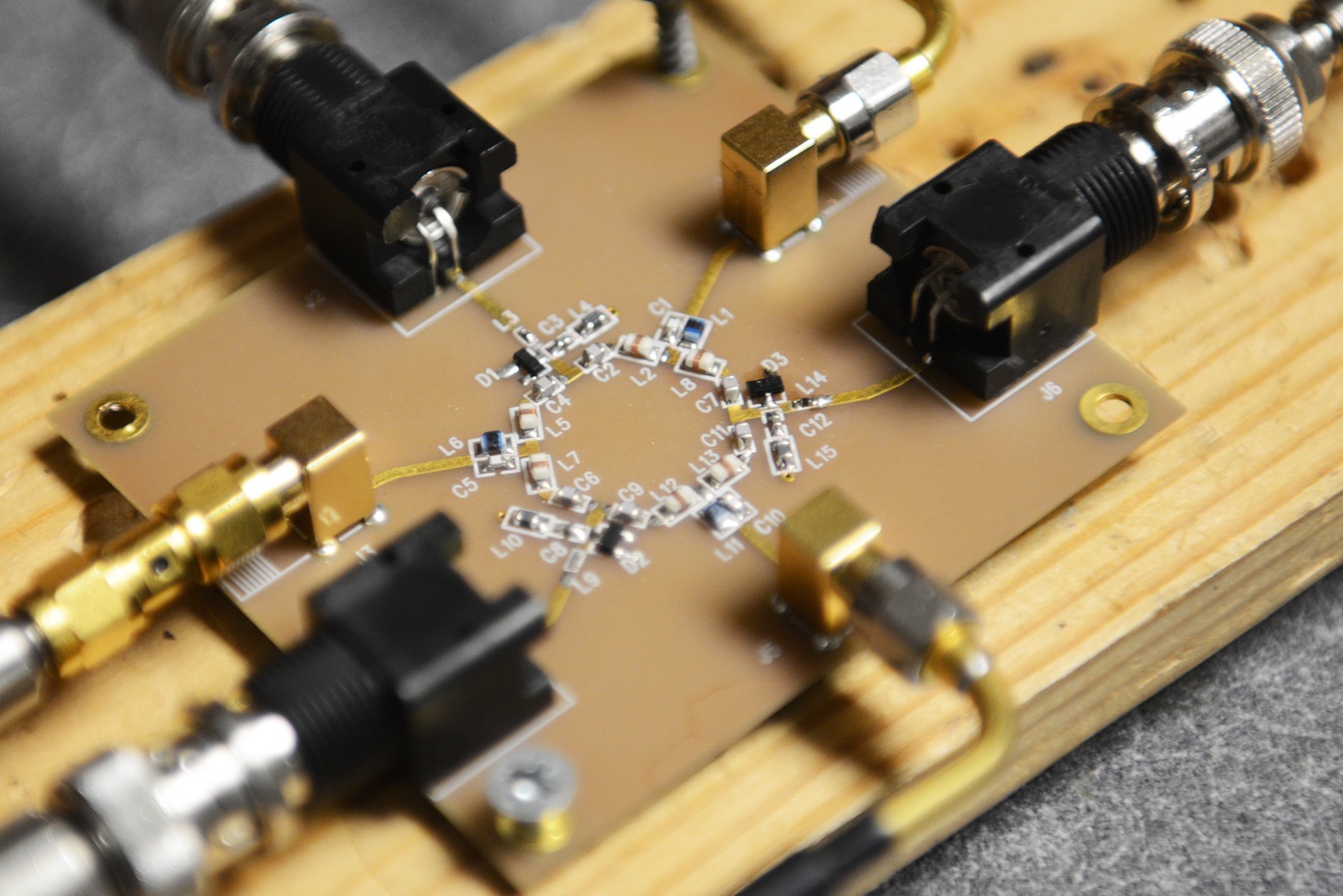How a lighter and cheaper radio module can change the future of telecommunications

Researchers from the University of Texas School of Engineering at Austin Cockrell have achieved important success for the modern field of telecommunications and wireless communications - they managed to create a radically easier and effective radio wave propagator that can be used in mobile phones and other wireless devices.
With the help of a new distributor, it is possible to achieve a doubling of the useful bandwidth in organizing wireless communications and operating in full-duplex mode. This means that devices will be able to transmit and receive signals on the same frequency band simultaneously.
')
The main innovation was the creation of a non-magnetic radio distributor.
Wireless technologies have been widely spread for 60 years, and all this time, magnetic distributors, in principle, could provide two-way communication on the same frequency channel, but their large size, weight and cost, which the use of magnets and magnetic materials.
The new distributor is free from the shortcomings of its magnetic predecessors - it is much more compact, cheaper, and more readily available materials are needed for its work. All this allows you to integrate the new distributor with mobile phones and other microelectronic systems - and as a result, increase the speed of downloading data, reduce the number of "broken" calls, and make the connection more "clean".
A team of researchers led by associate professor Andrea Alu has developed a prototype distributor whose size does not exceed 2 centimeters, which is 75 times smaller than the wavelength at which it works. According to the developers, in the future the distributor can be reduced to several microns. The materials used in integrated circuits, such as gold, copper and silicon, were used to create the design. This allows the use of a new distributor in modern communication devices.
 “We are changing the paradigm - isolation and bidirectional data transmission on the same frequency channel can now be achieved. We built a distributor, which does not need magnets and magnetic materials for work, ”says Alu (in the photo).
“We are changing the paradigm - isolation and bidirectional data transmission on the same frequency channel can now be achieved. We built a distributor, which does not need magnets and magnetic materials for work, ”says Alu (in the photo).A new device works by “simulating” how magnetic materials break symmetry in wave transmission between two points in space — this is a critical ability that allows magnetic distributors to selectively route radio waves. When using a new distributor, it is possible to achieve the same effect, with the exchange magnetic displacement replaced by the direction of the wave “around” the device.
Another unique feature of the new distributor is that it can be tuned to a wide range of frequencies in real time - compared to traditional devices, this is a significant advantage.
“Thanks to the new technology, we can incorporate custom non-reciprocal components into mobile platforms,” said Nicholas Estep, lead project researcher and doctoral student at the Department of Electrical Engineering and Computing. “Thanks to this, we can pave the way for two-way communication in the same frequency band, which frees up the passband portions that can be used more effectively.
For telecommunications companies that pay for licenses to use frequencies (for example, in the United States, the Federal Communications Commission monitors this), the possibility of more efficient use of paid frequencies means significant savings.
Moreover, since the distributor can be reduced and supports operation with integrated circuits, it can be used in wireless devices.
“We imagine a couple of micron distributors built into mobile phones. Our technology has excellent prospects, it can be used very effectively in case of heavy loads on the network - for example, during the football championship finals or at a concert. It will allow people to dial up to each other faster and talk without interference, ”says Estep.
The distributor can be used in other industries in which magnetic analogues are now used. For example, devices used in phased antennas and radars for airplanes, ships, and satellites can be extremely heavy, so reducing their weight will save a lot of resources.
“We are spreading a new paradigm to other areas of science and technology,” says Alu. "Our team of researchers is working on the application of a new invention to protect lasers and create integrated nanophotonic circuits that route light signals rather than radio waves."
Source: https://habr.com/ru/post/246891/
All Articles